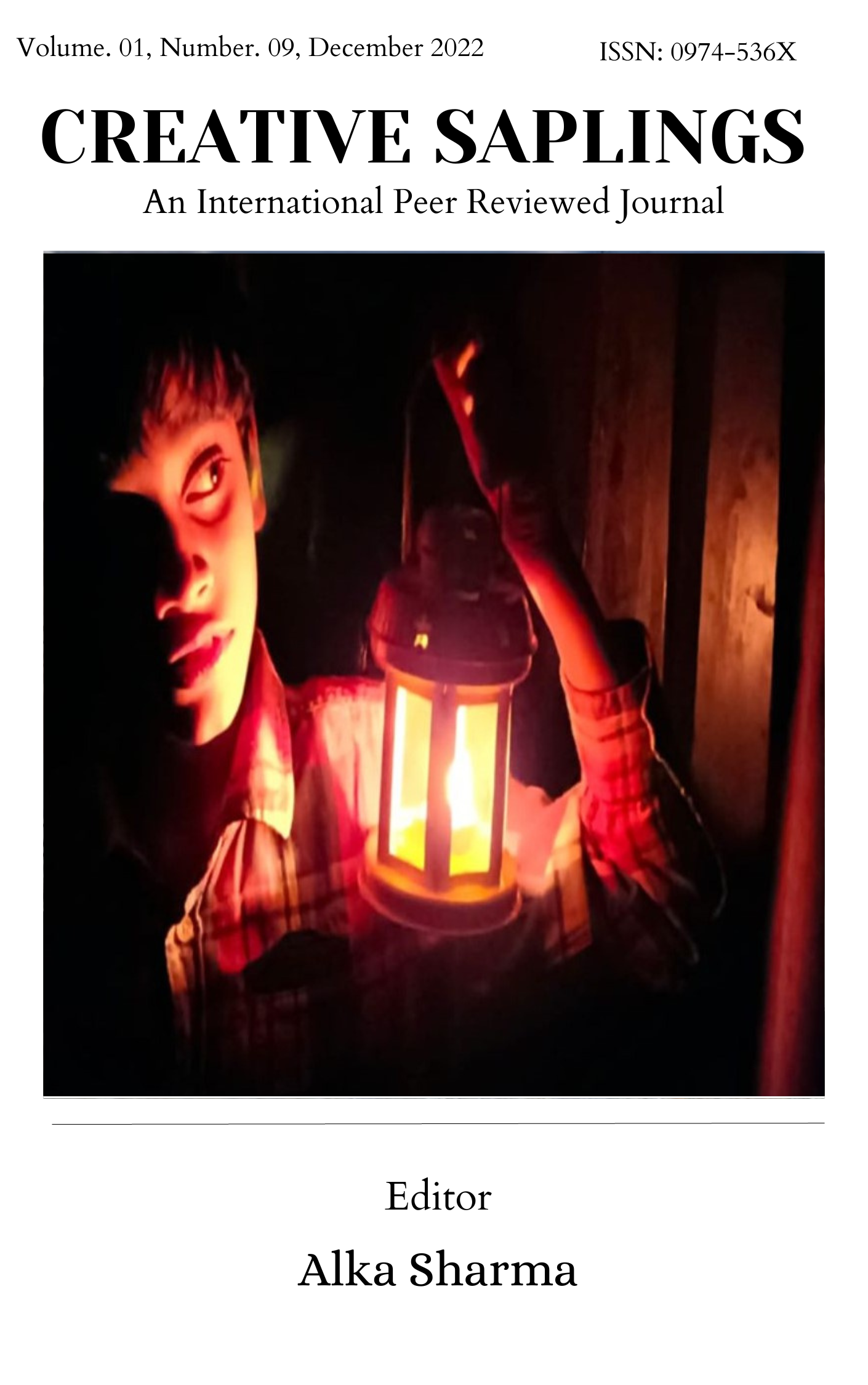Contemporary Scenes and The Emergence of Sarojini Naidu
DOI:
https://doi.org/10.56062/gtrs.2022.1.9.186Keywords:
Indian history, Hinduism, Contemporary Scenes, sati, Sarojini Naidu.Abstract
Like Rabindra Nath Tagore and Shri Aurobindo Sarojini Naidu too was more than a poet. She was one of mother India’s most gifted children, readily sharing her burden of pain, fiercely articulating her agonies and hopes. The present paper “The Contemporary Scene and The Emergence of Sarojini Naidu”, provides an account of Sarojini’s social, political, and literary background, here love for India evident from her passionate involvement with the freedom struggle did, in no way, withhold her for being so enamored by the poetic muse. It is rather unfortunate that Sarojini Naidu has been criticized for writing about the colorful land of romance and mystery, the India of the common western imagination, with the essential reality-a of real experience, a real landscape, and the real people blurred into a mystified sentimentality.
Downloads
References
References:
Reddy S. (2010): "The Cosmopolitan Nationalism of Sarojini Naidu, Nightingale of India". Victorian Literature and Culture. 38 (2): 571–589.
Jagadisan (2001): “A thing of beauty”, Orient lackswan, Retrieved 3 July 2013 p. 55.
Sarkar A. N. (2008): “Prasad, Bithika, eds.Critical response to Indian poetry in English”, New Delhi: Sarup & Sons. p. 11.
Chaturvedi S. P. (1989): “Treatment of Nature in Sarojini Naidu’s Poetry”, Perspectives on Sarojini Naidu. Ed.K. K. Sharma. Ghaziabad: Vimal Prakashan, 138-49.
Symons A. (1905): “Introduction”, in Sarojini Naidu, The Golden Threshold London: William Heinemann, pp. 9–23.
Lokuge C. (2013): “Dialoguing with Empire: The Literary and Political Rhetoric of Sarojini Naidu’, in Susheila Nasta (ed.), India in Britain: South Asian Networks and Connections, 1858–1950, Basingstoke: Palgrave, pp. 115–33.
Elleke B. (2015): “Indian Arrivals, 1870–1915: Networks of British Empire Oxford: Oxford University Press, p.160.
Gosse E. (1912): “Introduction, in Sarojini Naidu, The Bird of Time: Songs of Life, Death & the Spring”, London: William Heinemann, pp. 1–8.
Basu L. (1993): “Indian Writers of English Verse”, Calcutta University Press, p. 93, quoted in U.S.
Rukhaiyar (2022): “Studies in Indian Poetry in English”, New Delhi: Sarup & Sons, p. 68.
Thampi M. (1965): ‘“Rasa” as Aesthetic Experience’, in The Journal of Aesthetics and Art Criticism, Vol. 24, no. 1 pp. 75–80.
Chaudhury P. J. (1965): “The Theory of Rasa”, Journal of Aesthetics and Art 9. Naik MK (1984): "The achievement of Indain English poetry" (208)
Downloads
Published
Issue
Section
License
Copyright (c) 2022 Shatakshi Misra

This work is licensed under a Creative Commons Attribution-NonCommercial 4.0 International License.





